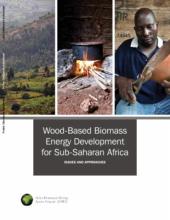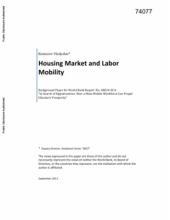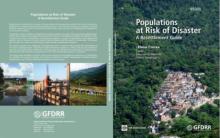Land Library
Welcome to the Land Portal Library. Explore our vast collection of open-access resources (over 74,000) including reports, journal articles, research papers, peer-reviewed publications, legal documents, videos and much more.
/ library resources
Showing items 46 through 54 of 86.Nearly half the world's population and about 81 percent of Sub-Saharan African (SSA) households rely on wood-based biomass energy (fuel wood and charcoal) for cooking. This degree of reliance is far greater than in any other region.
Thailand needs to avoid the high-carbon growth path of many developed countries and, instead, take a low-carbon growth path.
Labor mobility is determined by a whole set of different factors, but housing market is clearly one of the most important ones. Individuals do not make employment decisions without taking into account options of housing market.
In 2008, when food prices rose precipitously to record highs, international attention and local policy in many countries focused on safety nets as part of the response. Now that food prices are high again, the issue of appropriate responses is again on the policy agenda.
In 2010, after two decades of rapid economic growth, Vietnam passed the threshold to become a lower-middle-income economy. Sustained market-oriented reforms combined with intensive efforts to integrate into the world economy are among the key drivers of this achievement.
This policy note provides an assessment of some of the impacts and proposed policy responses to problems related to the drought, including the rise in food prices.
This book is designed for governments that make decisions on the application of preventive resettlement programs as disaster risk reduction measures, as well as for institutions and professionals in charge of preparing and implementing these programs, civil society organizations participating in
Nearly half of East Asia population lives in cities and the region is urbanizing so rapidly that built up areas are projected to increase faster here than in any other region in the next twenty years. Still, more than half of slum dwellers around the world live in East Asia.
Tanzania has made significant economic progress in the recent past, with per capita national income almost doubling from United States (U.S.) 230 dollars equivalent in the late-1990s to U.S. 440 dollars.









